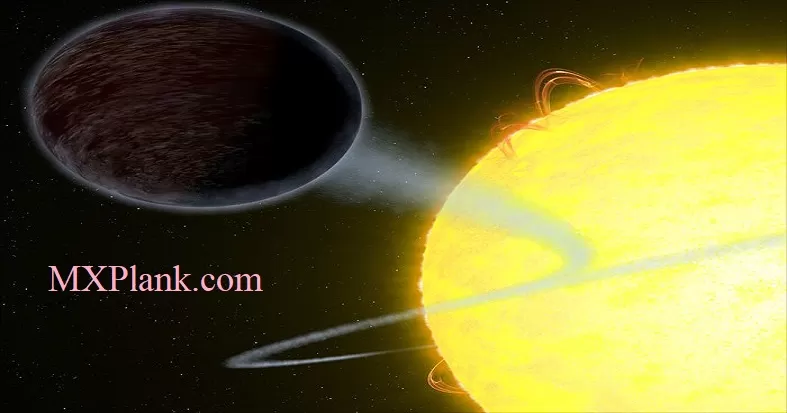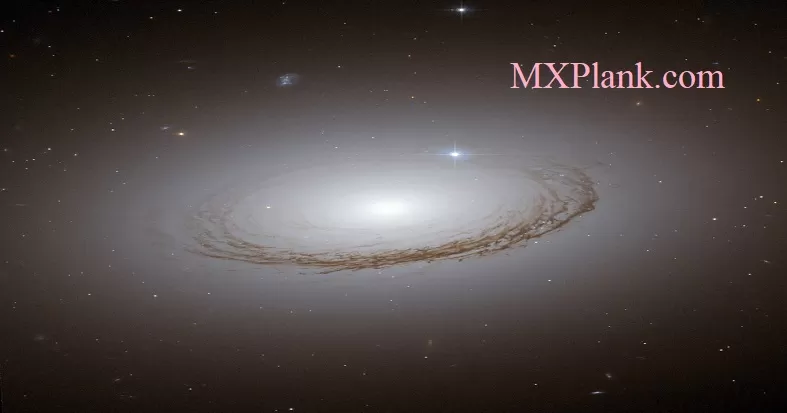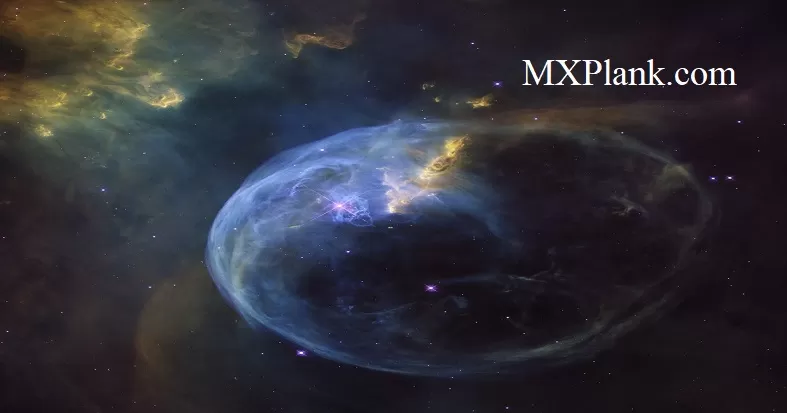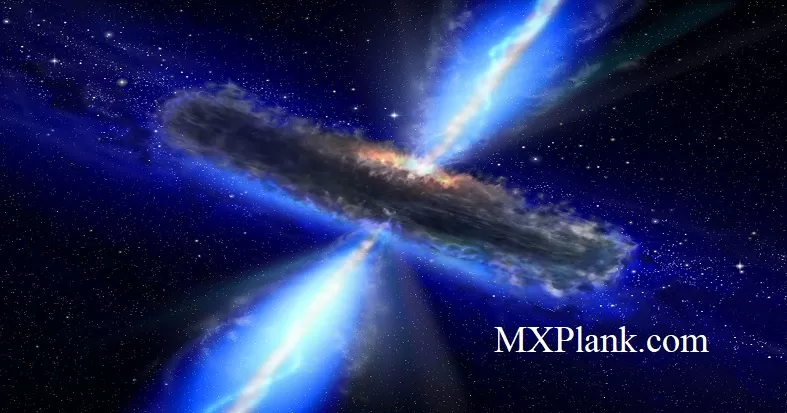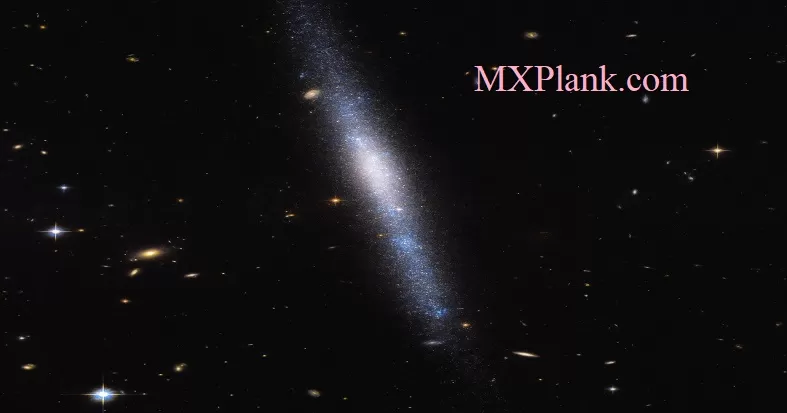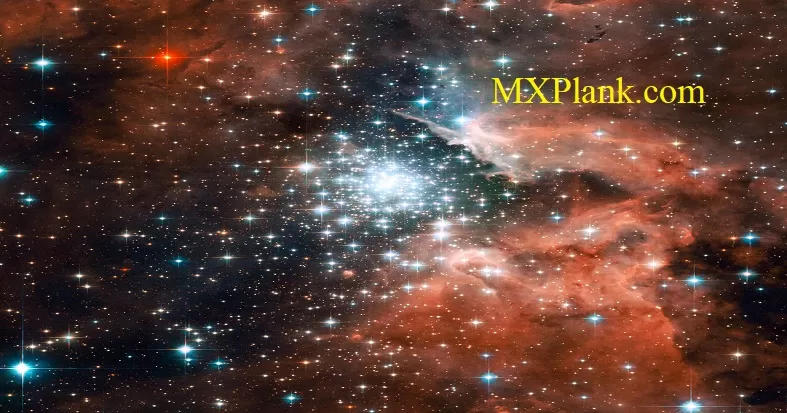Comet NEOWISE ( C/2020 F3 ) Passing Through The Solar System And Around The Planet Earth
COMET NEOWISE C/2020 F3 - A SURPRISE VISITOR TO PLANET EARTH FROM THE OUTER SOLAR SYSTEM
In the featured long-duration composite taken last week on July 12 2020, Comet NEOWISE's blue-glowing ion tail points straight up, away from the rising Sun, while the Sun-reflecting dust tail trails off toward the right.Comet C/2020 F3 (NEOWISE) passed its closest to the Earth around end of July 2020 , after which the 5-km wide, evaporating, icy dirtball faded as it glided back to the outer Solar System.
First, thousands of stars were visible with many of the brightest impressively blue. Next, several red-glowing nebulae were discernible, including the California Nebula on the far right, and, above it, the Heart and Soul nebulae and Comet NEOWISE, visible on the left.
The picture combines three exposures taken consecutively over 10 minutes from the same location near Miedzygorze, Poland. A moonlit dirt road shows the path ahead, while the Snieznik Mountains is visible on the horizon. Comet C/2020 F3 (NEOWISE) passes its closest to the Earth next week, after which the 5-km wide, evaporating, icy dirtball will fade as it glides back to the outer Solar System.
What is creating the structure in Comet NEOWISEs tails? Of the two tails evident, the blue ion tail on the left points directly away from the Sun and is pushed out by the flowing and charged solar wind. Structure in the ion tail comes from different rates of expelled blue-glowing ions from the comets nucleus, as well as the always complex and continually changing structure of our Suns wind. Most unusual for Comet C/2020 F3 (NEOWISE), though, is the wavy structure of its dust tail. This dust tail is pushed out by sunlight, but curves as heavier dust particles are better able to resist this light pressure and continue along a solar orbit. The Comet NEOWISE's impressive dust-tail striations are not fully understood, as yet, but likely related to rotating streams of sun-reflecting grit liberated by ice melting on its 5-kilometer wide nucleus. The featured 40-image conglomerate, digitally enhanced, was captured three days ago through the dark skies of the Gobi Desert in Inner Mongolia, China. Comet NEOWISE will make it closest pass to the Earth tomorrow (July 22, 2020) as it moves out from the Sun. The comet, already fading but still visible to the unaided eye, should fade more rapidly as it recedes from the Earth.
Comet dust falls through a twilight sky in this dream-like scene, but its not part of a fairytale movie. Still, Castle Neuschwanstein, nestled in the Bavarian Alps, did inspire Disneylands Sleeping Beauty Castle. Captured on July 20, the bright streak above the castle towers is likely a Perseid meteor. Though it peaks near mid-August, the annual summer meteor shower is active now. The meteor trail over the fairytale castle can be traced back to the showers radiant in the heroic constellation Perseus off the top right of the frame. Perseid meteors are produced by dust from periodic Comet Swift-Tuttle. With its own broad dust tail now sweeping through northern skies the celestial apparition above the distant horizon is planet Earths current darling, Comet NEOWISE.
Normally, Steamboat Point looks cool -- but not this cool. Every day, the iconic peak of the Bighorn Mountains is an interesting sight, in particular from US Highway 14 in Wyoming. Earlier this month, though, something even more unusual happened -- the naked-eye Comet NEOWISE rose above it in the middle of the night. Just as a distant lightning storm was occurring in the background. Recognizing a rare opportunity, a determined astrophotographer spent a sleepless night capturing over 1400 images of this unusual triple conjunction. The featured image is among the best of them, with the foreground lit by the Moon off to the right. Comet C/2020 F3 (NEOWISE) is now headed back to the outer Solar System, destined to return only in about 6700 years.
As Comet NEOWISE sweeps through northern summer skies, Jupiter and Saturn are shining brightly, near opposition. With Jupiter opposite the Sun on July 14 and Saturn on July 21 , the giant planets are still near their closest to planet Earth in 2020. Sharing the constellation Sagittarius they are up all night, and offer their best and brightest views at the telescope. Both captured on July 22 , 2020 from a balcony in Paris these two sharp telescopic images don't disappoint, showing off what the giant planets are famous for, Saturn's bright rings and Jupiter's Great Red Spot. These giants of the Solar System are worth following during 2020. On December 21,2020 skygazers can watch the once-in-20-year great conjunction of Jupiter and Saturn.
Comet NEOWISE images from planet Earth: Year 2020 , from July 10th to 28th & earlier
Credit:
NASA & ESA/Hubble

